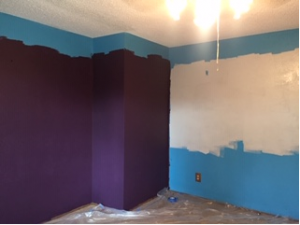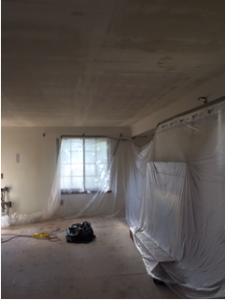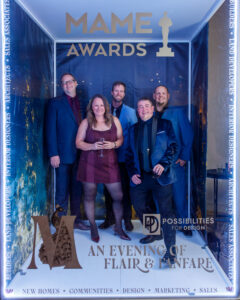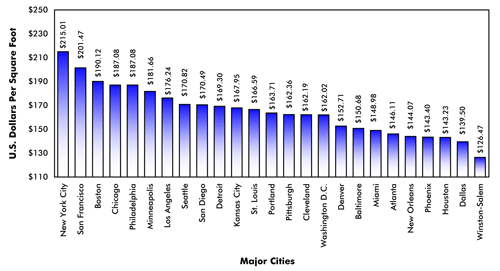It all started a few months ago when I bought a house, an older gentleman’s house to be exact. The house is in great condition but was not updated. The previous owner had spent 40 years in the house as a nonstop smoker. The colors of the house were brown, white dripped with cigarette smoke, pink, bright blue, and aquamarine.
First off, as an engineer, I suggest to not do some of the things I thought I could do outside the scope of my field. Hopefully, my lessons learned are helpful for you to not do what I did and be smarter if you want to own an older home.

The Joys of Electrical Upgrades
Let’s start with upgrading a forty-year-old thermostat to a slightly fancier but not a smart thermostat. It sounds simple enough. Sadly it was not. It took 2.5 days, 4 people and then I still had to hire a professional. Just to be clear, a thermostat from before the 90’s uses a 4-wire system and batteries to keep it on. Newer thermostats have a 5-wire system that converts a common or ground wire to keep your thermostat on without batteries. To trick your furnace into thinking it has 5-wires for a 4-wired furnace, you must manipulate it. In doing this, I realized in a 60-degree weather drop, I no longer had a working furnace. Then, thinking it was something involved with the heating elements, I tried to fix my furnace. I bought a part I thought matched the ignitor but no flame ever existed. Finally, I caved in and called a professional. In doing so, I spent way more money getting the correct ignitor and blowing out the new thermostat I bought and having to replace it. Please, call a professional, old house with old wiring can blow fuses, could shoot a fireball down your hallway (yes, was told that could happen with my furnace if I had not called). Old wiring needs to be evaluated by a professional and should not be tampered with.
Crawlspaces and Water
Another issue that I dealt with and am still dealing with, is a wet crawlspace. A wet crawlspace can be very dangerous for many reasons. It can lead to moisture in the joists as well as mold build up if it is not properly dried. It can bring the grade down of the soil level, exposing or even causing the soil to expand and heave. This can cause serious structural issues and many thousands of dollars worth of repairs. You can never be too careful when it comes to foundation issues that involve the disturbance of the soil and arrival of moisture. So, as a first-time home buyer, when I saw the wet crawlspace, I was hesitant about buying the house. During the inspection, it was made clear that the water was not coming from anything associated with any plumbing or wastewater leakage and assumed it was the irrigation system. Thankfully, the house had an HOA that covers common areas and irrigation, so we immediately told them. The HOA fixed the irrigation system but of course, after I bought the house, I was still getting some water in the crawlspace. The water was still coming from under and around my house so the next step is changing the grade of the soil around my house. The slope of the adjacent 3 feet of soil surrounding my property line is low as well as the adjacent house is at a higher grade than me which is causing all their groundwater to go into my crawlspace. As I continue, I am determined to find a solution and fix it, a process more complicated than I thought and I can at least share my experiences so hopefully I can save someone else from going through some of the same experiences and asking for help a little bit earlier than me.

If you are contemplating remodeling an old house, please contact EVstudio to get a professional design opinion and advice. We have the necessary design professionals for electrical, civil, structural, and inspections. Take it from someone who tried doing things herself, and partially made things worse, DIY is not as easy as HGTV makes it appear to be.









